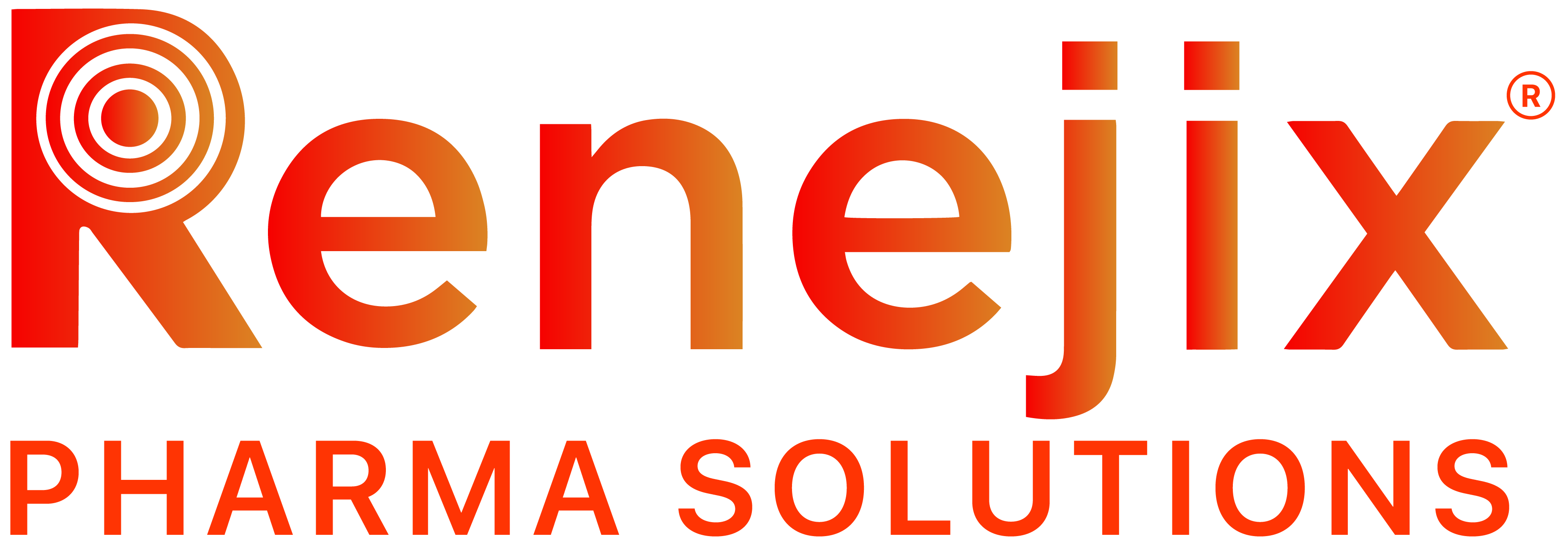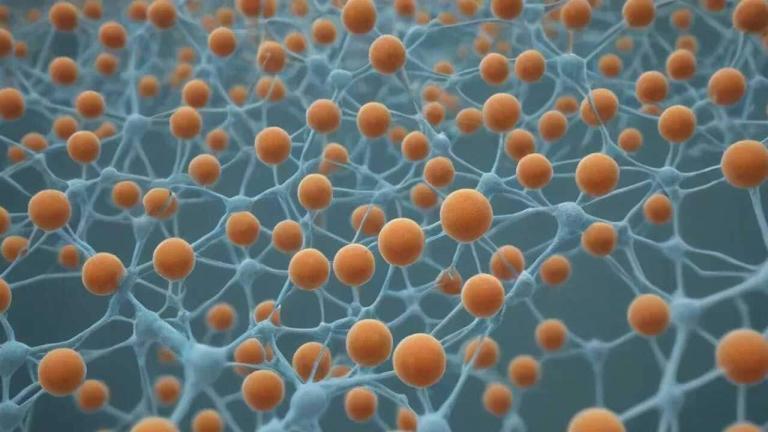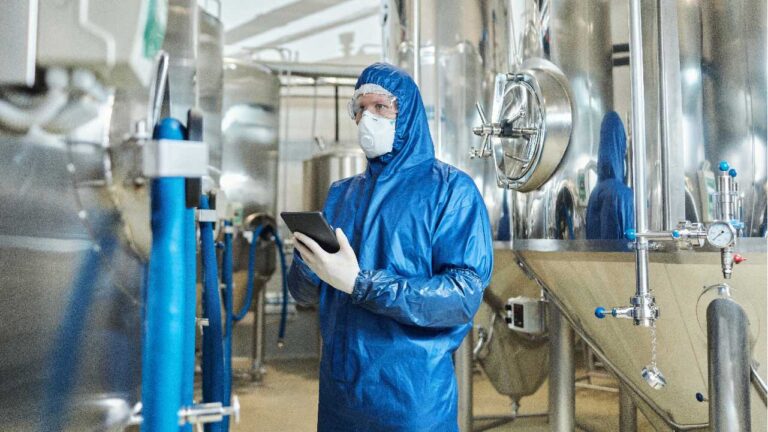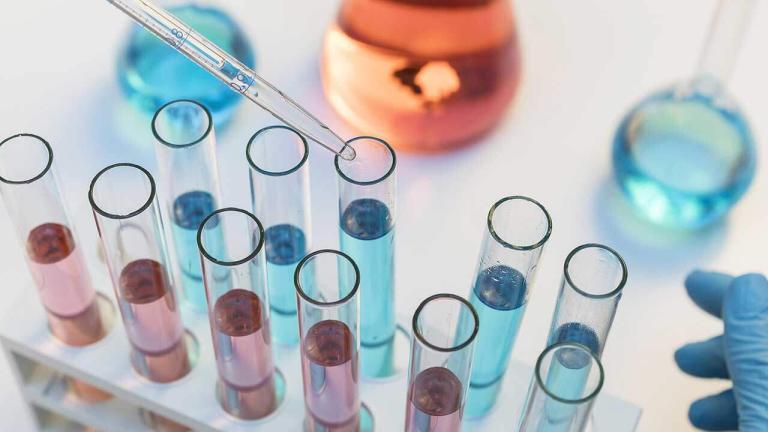
The term “technology transfer” holds significant importance. It’s a process that involves the transmission of knowledge, skills, and expertise from one entity to another, usually from research and development (R&D) to manufacturing.
But what exactly is technology transfer, and how does it work? In this article, we’ll explore what technology transfer is, its importance, and the steps involved in executing it effectively.
Meaning of Technology Transfer
Technology transfer refers to the process of sharing or disseminating technology, knowledge, skills, methodologies, and facilities among governments, universities, businesses, and other organizations. This can involve the transfer from research institutions to the commercial sector, enabling scientific and technological developments to be transformed into marketable products or services. This could be from the initial stages of research and development to full-scale manufacturing, or even between different manufacturing sites.
At its core, technology transfer aims to ensure consistency, efficiency, and quality throughout the production lifecycle. It enables the replication of successful processes, ensuring that products meet the required standards and specifications. Moreover, it facilitates innovation by allowing for the adoption of new technologies and methodologies that enhance productivity and quality.
Importance of Technology Transfer
The importance of technology transfer extends far beyond mere convenience; it is necessary for the success and sustainability of industries such as pharmaceuticals, biotechnology, and manufacturing. Here are the main reasons why technology transfer is important:
1. Consistency and Quality Assurance
Technology transfer ensures that proven processes and methodologies are replicated accurately across different stages of production. This consistency is vital for maintaining product quality and meeting stringent regulatory standards.
By adhering to established processes, organisations can instil confidence in consumers and regulatory authorities alike, safeguarding the integrity of their products.
2. Cost-Effectiveness
Using existing knowledge and expertise through technology transfer can yield significant cost savings for organisations. Rather than reinventing the wheel, companies can build upon established processes, reducing the time and resources required for development.
This is particularly crucial in industries with high research and development expenses, where minimising costs without compromising quality is paramount to competitiveness and sustainability.
3. Scalability
Technology transfer enables processes to be scaled up or down efficiently to meet varying demand levels. Whether transitioning from the development phase to commercial production or adapting to fluctuations in market demand, the ability to scale operations seamlessly is essential for optimising production capacity and maximising profitability.
By ensuring that processes remain adaptable and responsive to changing market dynamics, technology transfer facilitates agile and efficient operations.
4. Innovation and Continuous Improvement
Far from being a static endeavour, technology transfer promotes innovation and continuous improvement within organisations. By sharing knowledge, best practices, and lessons learned, companies can identify opportunities for optimization and implement new technologies to enhance efficiency and quality.
This culture of innovation not only drives competitiveness but also propels industries forward, leading to breakthroughs in product development and manufacturing processes.
5. Regulatory Compliance
Regulatory compliance is non-negotiable in industries such as pharmaceuticals, where adherence to stringent standards is paramount to ensuring product safety and efficacy. Technology transfer plays a crucial role in ensuring that manufacturing processes meet regulatory requirements, facilitating the approval of products for market release.
By aligning processes with regulatory standards from the outset, organisations can streamline the approval process and expedite time-to-market, gaining a competitive edge in an increasingly regulated landscape.
Technology Transfer Documentation and Information
Documentation and information play an important role in ensuring the smooth transmission of knowledge and expertise from one entity to another. Proper documentation serves as a roadmap, guiding the transfer process and facilitating collaboration between all stakeholders involved. Let us explore the key documents and information required for successful technology transfer.
Technology Transfer Plan
At the heart of every technology transfer endeavour lies the technology transfer plan. This document serves as a comprehensive blueprint, outlining the objectives, activities, responsibilities, and timelines associated with the transfer process.
It provides a structured framework for coordinating efforts between the sending and receiving entities, ensuring that all necessary steps are taken to achieve the desired outcomes. The technology transfer plan also serves as a reference point for monitoring progress and addressing any deviations from the original plan.
Detailed Analytical Methods
Analytical methods are the cornerstone of technology transfer, providing the means to assess the quality, potency, and purity of products throughout the production process. As such, detailed documentation of analytical methods is essential for successful technology transfer. This includes clear descriptions of the methodologies, equipment requirements, and acceptance criteria used for testing and analysis.
By ensuring consistency and accuracy in analytical methods, organisations can effectively evaluate product quality and compliance with regulatory standards.
Manufacturing Process Description or Batch Records
The manufacturing process description or batch records are vital documents that provide a step-by-step account of the production process. These records detail the materials, equipment, operating parameters, and quality control measures involved in manufacturing a product.
It is imperative that batch records are clear, detailed, and well-documented to ensure the accurate transfer of manufacturing processes between entities. Thorough review and validation of batch records by both the sending and receiving entities are essential to minimise errors and discrepancies during technology transfer.
Critical Process Parameters (CPPs) and Critical Quality Attributes (CQAs)
Identifying and documenting critical process parameters (CPPs) and critical quality attributes (CQAs) are fundamental steps in technology transfer. CPPs are key variables that must be monitored or controlled to ensure product quality, while CQAs are specific characteristics or properties that define the quality of the final product.
Documenting CPPs and CQAs enables organisations to assess the impact of process variations on product quality and establish control strategies to maintain consistency and compliance throughout the transfer process.
Technical Gap Analysis
A technical gap analysis is a formal assessment of the capabilities and readiness of both the sending and receiving entities for technology transfer. This document identifies any gaps or discrepancies between the two entities in terms of equipment, expertise, and infrastructure.
By conducting a thorough gap analysis, organisations can proactively address potential challenges and implement strategies to mitigate risks during technology transfer.
Change Control Management System
An adequate change control management system is essential for managing changes or adjustments to the transfer process. This includes documenting and assessing any modifications to processes, equipment, or methodologies and evaluating their potential impact on product quality and regulatory compliance.
By implementing an efficient change control management system, organisations can ensure that technology transfer remains controlled, traceable, and compliant with relevant standards and regulations.
How Is Technology Transfer Done?
Now that we understand the importance of technology transfer, let’s understand the process itself. While the specifics may vary depending on the nature of the transfer, there are several common steps involved:
1. Planning and Preparation: The technology transfer process begins with careful planning and preparation. This involves identifying the objectives of the transfer, assessing the capabilities of both the sending and receiving entities, and establishing clear communication channels between all stakeholders.
2. Documentation and Knowledge Transfer: Comprehensive documentation is essential for successful technology transfer. This includes detailed descriptions of processes, methodologies, and quality standards, as well as any relevant regulatory documentation. Knowledge transfer occurs through training sessions, workshops, and hands-on experience, ensuring that key personnel are equipped with the necessary skills and expertise.
3. Risk Assessment and Mitigation: During technology transfer, potential risks and challenges must be identified and addressed. This may involve conducting risk assessments to evaluate factors such as process variability, equipment compatibility, and regulatory compliance. Strategies for risk mitigation should be developed to minimise the impact of unforeseen obstacles.
4. Verification and Validation: Once the transfer is underway, verification and validation activities are conducted to ensure that processes are functioning as intended. This may include pilot runs, test batches, and performance evaluations to confirm that products meet quality specifications and regulatory requirements.
5. Continuous Monitoring and Improvement: Technology transfer is an ongoing process that requires continuous monitoring and improvement. Feedback mechanisms should be established to capture lessons learned and identify areas for optimisation. This allows organisations to adapt to changing conditions and incorporate improvements over time.
Three Keys to a Successful Process of Technology Transfer
The transfer of manufacturing processes to a Contract Development and Manufacturing Organisation (CDMO) marks a major stage in the journey of developing and commercialising biopharmaceutical products. Getting this step right is essential for meeting regulatory requirements, avoiding production delays, and successfully bringing drugs to market.
However, a failed technology transfer can lead to a host of issues, from delays in manufacturing to regulatory setbacks. Let us look at three key strategies to ensure a successful process of technology transfer.
1. Generate a Process Description Document
Before initiating the technology transfer process, it’s essential to create a comprehensive “process description” document. This document serves as a blueprint for the manufacturing process, providing clear instructions and specifications for the receiving CDMO. Key components of the process description document include:
- Raw Materials and Consumables: A detailed list of all raw materials and consumables required for the manufacturing process, including quantities and acceptable manufacturers.
- Process Steps: Comprehensive descriptions of all process steps, including input parameters such as temperatures, pressures, pH levels, and mixing speeds. Historical output parameters and acceptance criteria should also be included.
- Analytical Methods: References to all analytical methods used in the process, ensuring consistency and accuracy in quality control.
While some details may evolve as the understanding of the process matures, documenting the current process description provides valuable insight and establishes a historical record for future reference.
2. Develop a Change Management Plan
Process changes are inevitable during technology transfer, and it’s essential to have a robust change management plan in place to address them. This plan should outline how changes will be identified, evaluated, and implemented throughout the process lifecycle. Common examples of process changes include:
- Equipment Size: Adjustments may be needed to accommodate larger batch sizes required for commercial production. Considerations such as mixing efficiency, heat transfer, and oxygen saturation must be assessed.
- Raw Material Suppliers: Differences in raw material suppliers between the sponsor and the CDMO may necessitate adjustments to ensure consistency and quality.
- Single-Use Consumable Designs: CDMOs often have standard designs for single-use equipment, which may differ from those used by the sponsor. Compatibility and performance must be evaluated to ensure successful implementation.
The change management plan should outline a risk-based framework for managing changes, identify stakeholder responsibilities, and establish protocols for documenting and tracking change assessments.
3. Acquire Raw Materials and Components Early
Supply chain constraints have become increasingly prevalent in the post-COVID era, highlighting the importance of early procurement of raw materials and components. Identifying and acquiring long-lead materials at the outset of the technology transfer process can help mitigate delays and ensure timely manufacturing.
Sponsors should avoid assumptions about material availability and prioritise proactive procurement to minimise risks. Successful process technology transfer requires careful planning, proactive management of changes, and diligent procurement practices.
By following these key strategies, organisations can navigate the complexities of technology transfer more effectively, reducing risks and maximising the likelihood of successful outcomes.
Final Words
Technology transfer plays a vital role in ensuring the efficiency, consistency, and quality of production processes across various industries. By facilitating the smooth transfer of knowledge and expertise, technology transfer enables organisations to innovate, optimise, and comply with regulatory standards.
While the process may be complex and challenging, careful planning, documentation, and collaboration can ensure its success. As industries continue to evolve and innovate, technology transfer will remain a cornerstone of progress and growth.






